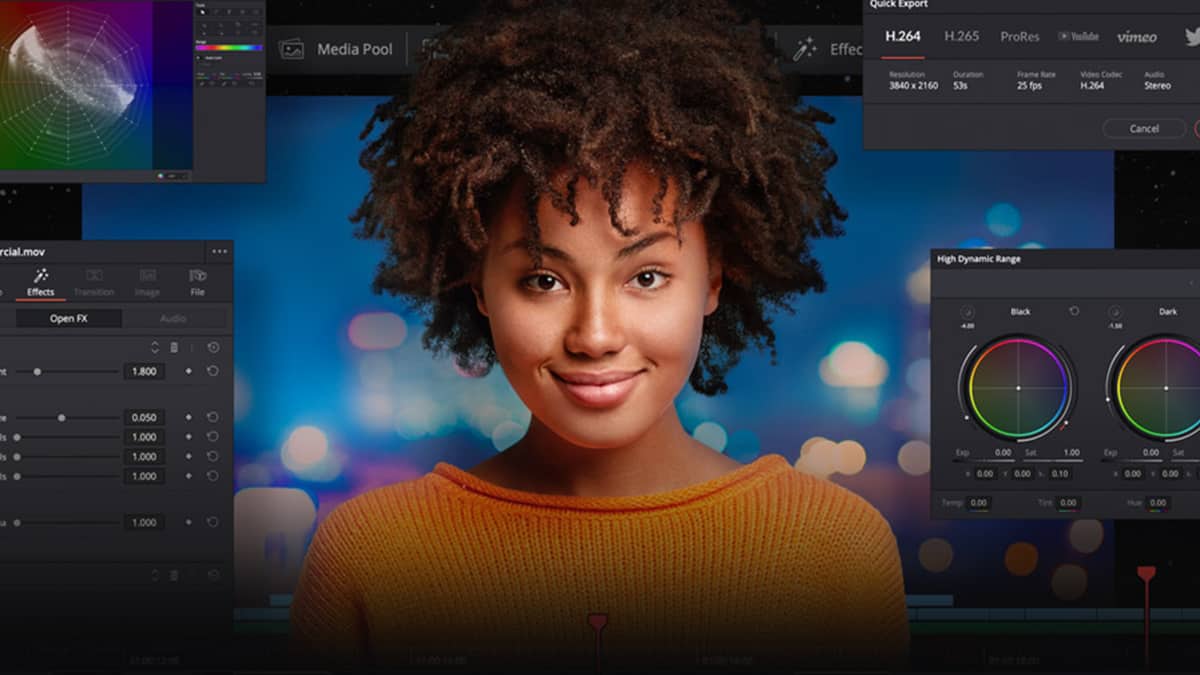
This might be a little further along in your edit. Or, you can drag the ends to whatever point in the clip you’d like. Once the clip is in your timeline, you can use the Blade tool, allowing you to find a particular place on the clip that you want to cut at (separating the clip into two once you’ve done this). Then you can set your in and out points within the clip, choosing what you want to bring down to your timeline. First, find the clip you want to work with in the media pool. The single most important part of video editing, editing! You can cut your clip up in several ways. From here, you’ll find all the adjustments and customizations for the title, allowing you to change the size, font, drop shadow, opacity, and basically anything else you think to do with a title. Then you simply drag and drop it over your clip. There’s “lower Thirds” as well as “Scroll” to choose from. To add a title simply find the “Titles” section under “Toolbox” to choose between the type of text you want. Adding a title is super simple and I found the tool in no time.

For a split second I sat there and really fought the urge to immediately Google the answer.

When I first started editing in Resolve, the time came to add a simple title on top of my footage. DaVinci Resolve is no exception to this rule. No matter your skill level with editing, no matter the program you’re used to using, learning a new program can be tricky. From cutting a clip to adding text, get started with DaVinci Resolve using this breakdown of the most essential tools and techniques.


 0 kommentar(er)
0 kommentar(er)
